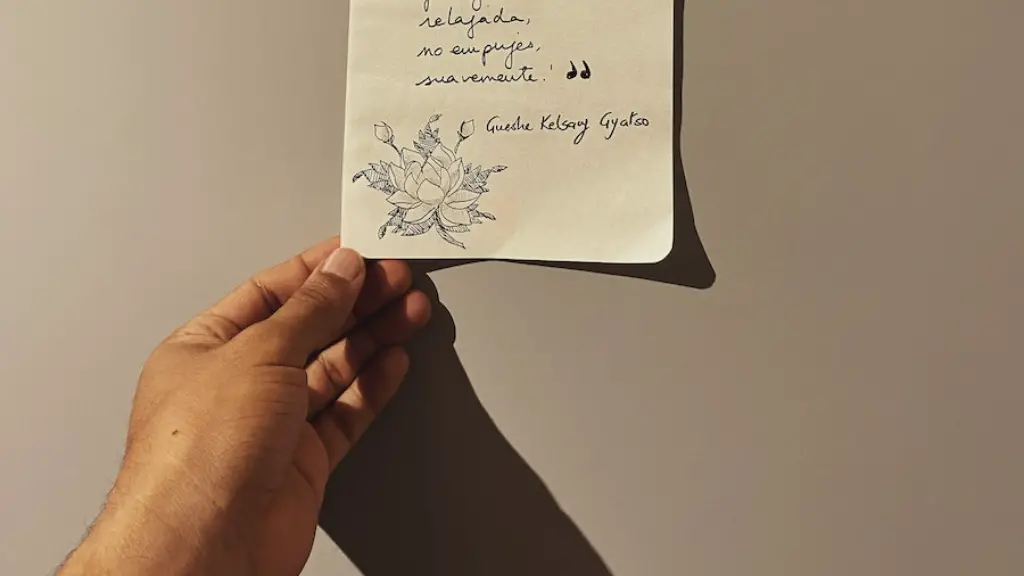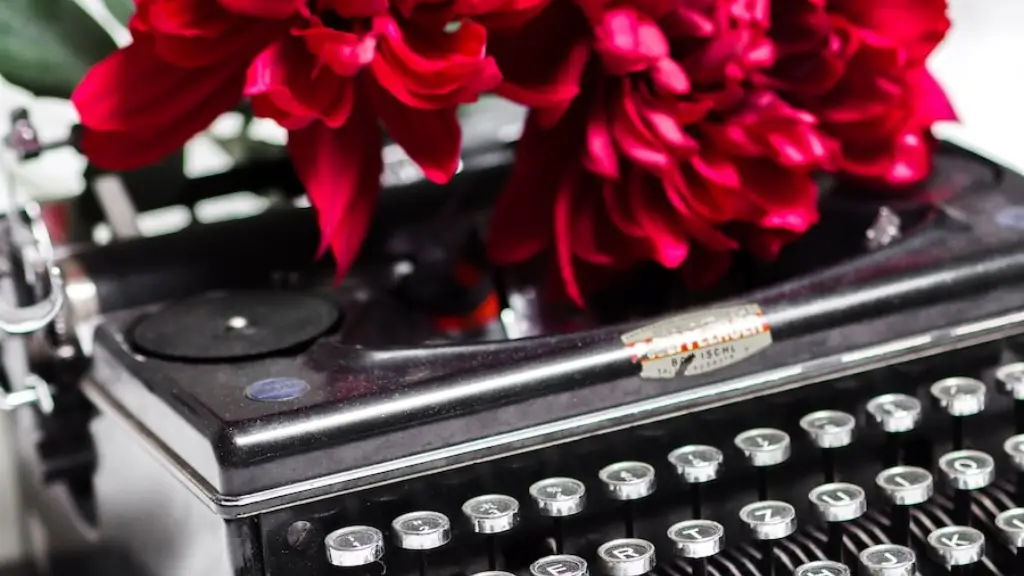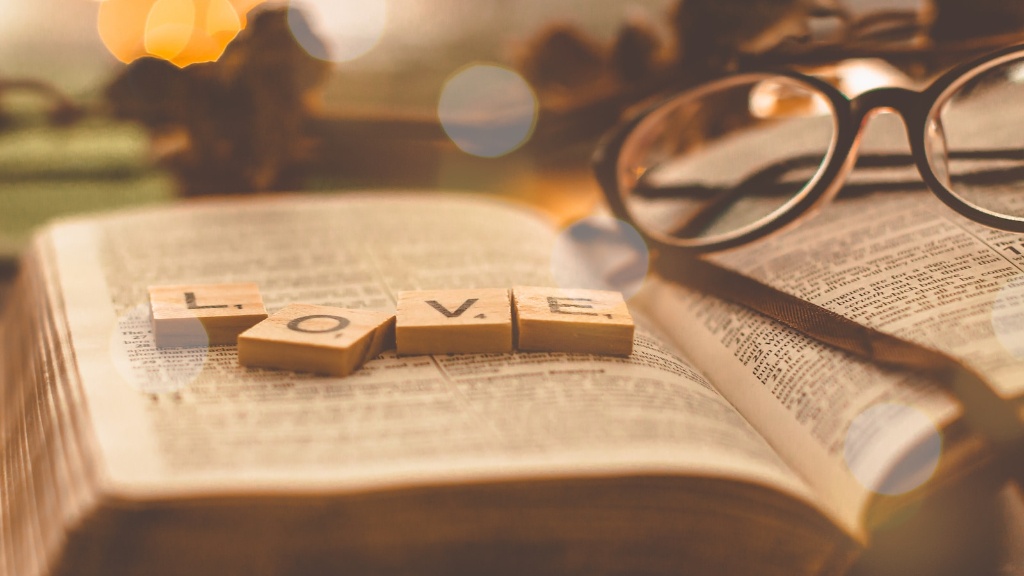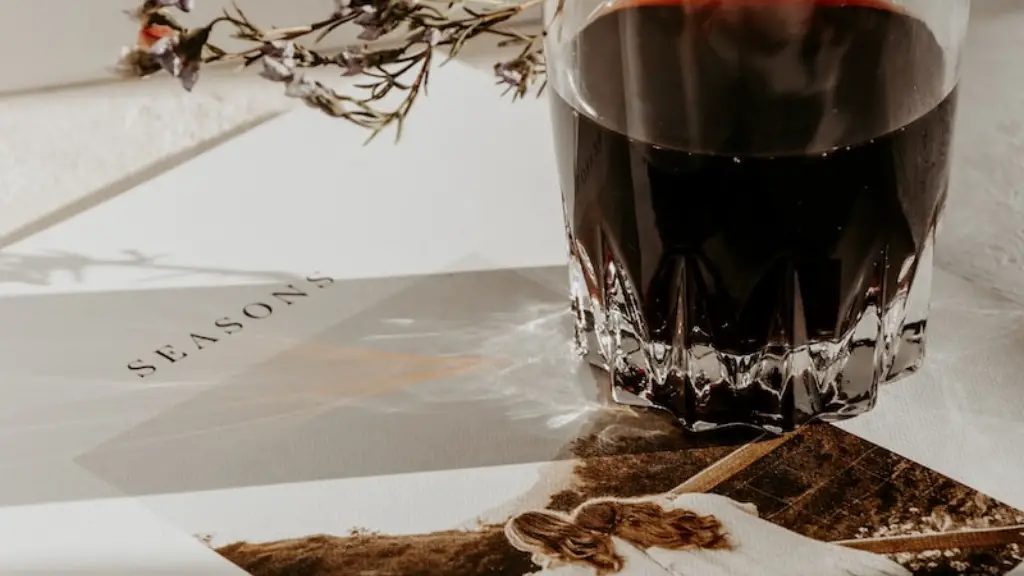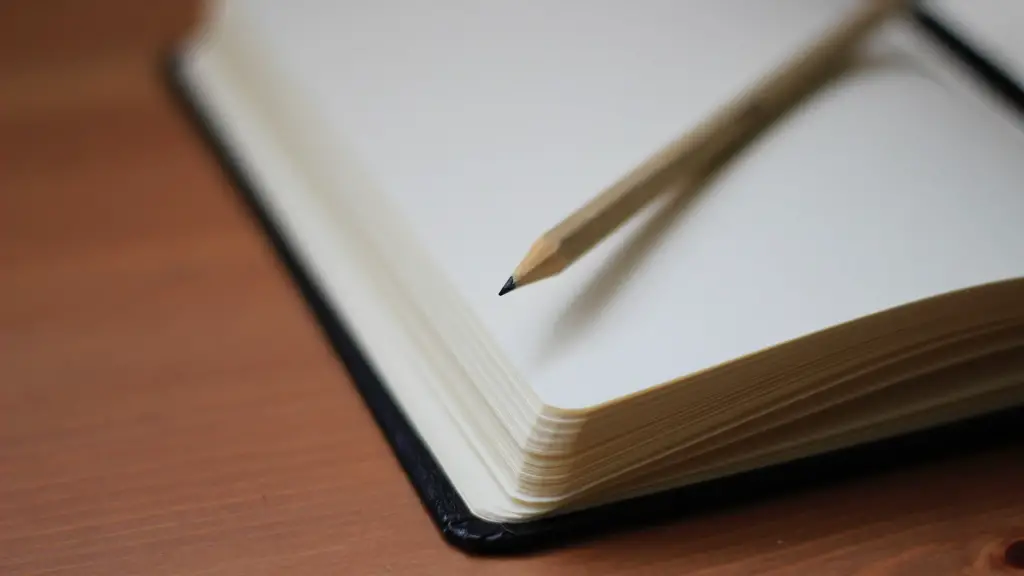Background Information
Figurative language is language that is not most usually spoken or used literally. It is a communication tool that plays with the sense of words to give the reader a more vivid and moving experience of language. It is found in literature, poetry, and music, as well as in everyday speech. Mastering and understanding figurative language in poetry helps the reader to interpret and appreciate literature better. Its use adds a certain level of artistry to the language, often giving the words and the poem additional intent and emotion. There are several types of figurative language used in poetry and they all have their own special significance.
Simile
Simile is an expression used to describe one thing with another to make a comparison between the two, often using the words ‘like’ or ‘as,’. For example, a simile could compare a person’s eyes to a dark sky filled with stars. This allows the poem to come to life and be more evocative. Similes are used mainly to make a comparison between two widely different objects and give the reader a fuller understanding of what the poem is trying to communicate.
Metaphor
Metaphor is a comparison between two different things, without using the words ‘like’ or ‘as.’ Metaphors are often used to give readers a vivid and moving experience to a poem. For example, describing a person’s heart as like a diamond would give the reader an insight into the strength and beauty of the heart. It also gives an impression of how the heart has been through tough times and come out shining like a diamond.
Personification
Personification is a type of figurative language in which inanimate objects and nature are given human personal qualities and characteristics. It is used to make a comparison between people and objects in such a way as to make them more relatable and easier to understand. For example, personifying a river as ‘strong and powerful,’ gives the reader the sense of awe and admiration we have for this natural force. It also evokes a range of emotions that might not have been experienced when reading a description of the river without personification.
Imagery
Imagery is the use of descriptive language to create a vivid mental picture in the reader’s mind. In poetry, it is used to convey an emotion or complex idea with visual examples. Imagery can be created through the use of similes, metaphors, and other kinds of figurative language. For example, describing a sunset as ‘bathing the world in a velvety blanket of orange and gold’ will give the reader a more tangible picture of the beauty and majestic nature of the scene.
Hyperbole
Hyperbole is an exaggeration used for emphasis or effect. Hyperbole can be used in a poem to make a point more impactful. For example, describing a love that is ‘stronger than steel’ is an exaggeration, as nothing is actually stronger than steel, but it conveys to the reader the powerful and relentless nature of this love. It also gives the reader a sense of awe and admiration for the strength and determination of this emotion.
Metonymy
Metonymy is a type of figurative language in which a thing is referred to by the name of something that is associated with it. It is a substitution of a word for another to emphasize some characteristics of the subject. For example, referring to the King as ‘the Crown’ emphasizes the idea of his power and authority. Metonymy adds richness to the poem and can create a complex and layered meaning.
Oxymoron
An oxymoron is when two opposite words are combined to give an impression of a paradox or a self-contradiction. For example, the phrase ‘cruel kindness’ expresses an emotion that is both harsh and compassionate. It is often used to add humour to the poem, but it can also be used to emphasize a complicated set of emotions or create a powerful image in the mind of the reader.
Synecdoche
Synecdoche is a figure of speech that is a partial representation of something. It is a substitution of a word or phrase for another that is more general or specific. For example, referring to a group of people as ‘boots on the ground’ reinforces the idea of their courage and sacrifice, as well as their determination to finish a task. Synecdoche can add depth to a poem, as the substitution gives the reader a fuller understanding of the subject.
Anapestic Meter
Anapestic meter is a type of meter used in poetry in which two unstressed syllables are followed by a stressed syllable. It is often used to create a sense of urgency as the stresses and unstresses create a tension and drive the poem forward. The use of anapestic meter in a poem gives it a young and energetic feel, which often works well with the topic of love and other passionate emotions. It can also be used to create a sense of humour in a poem.
Blank Verse
Blank verse is a type of poetic meter in which the poem is written in a pattern of unstressed and stressed syllables, without rhyme. It is often used in epic poetry and narrative poems due to its focus on storytelling. The lack of rhyme allows the poem to flow with a natural cadence and rhythm, without being confined to strict metre. Its rhythm and repetition can Emphasize certain words or ideas, and create a sense of drama and intensity.
Iambic Meter
Iambic meter is a type of poetic meter that consists of alternating unstressed and stressed syllables. It is often used in love poetry and other romantic poetry, as its rhythm creates a natural flow and romantic feel. In addition, its structure emphasizes certain words and ideas, which can be used to the poet’s advantage to create a more vivid and evocative experience. It can also be used to create a sense of tension and urgency.
Free Verse
Free verse is a type of poetry that does not follow any particular metre or rhyme scheme. It is often used to express a range of emotions and convey complex ideas, without relying on rhyme or structure. Because the structure is freer, it allows the poet to explore their thoughts and feelings more freely and express their ideas in a more creative and innovative way. This often leads to a more vivid and moving experience for the reader.
Trochaic Meter
Trochaic meter is a type of poetic meter in which two stressed syllables are followed by an unstressed syllable. The use of trochees helps to create a certain rhythm for the poem and provides a sense of musicality. It can also be used to emphasize certain words and ideas, allowing the poet to create a more powerful and direct message. Trochaic meter is often used in narrative and epic poetry, as its rhythm and repetition can help to create a sense of drama and intensity.
Ballad
A ballad is a type of poem that is often used to tell a story or recount an event. It is usually written in a repetitive, rhythmic form. The rhythm of a ballad helps to create a sense of drama and intensity, as well as adding a musical quality to the poem. The use of ballad poetry often helps to capture a story in a way that other forms of poetry do not, giving the poem an added level of artistry and power.
Elegy
An elegy is a type of poem written to commemorate and mourn the death of someone. Its focus is on reflecting on the life of the deceased and expressing feelings of sorrow and grief. Its focus on emotion and reflection makes elegy an effective tool for expressing difficult emotions, such as grief and sorrow. Its use of imagery and other forms of figurative language also adds a sense of beauty and artistry to the poem, which helps to evoke a range of emotions in the reader.
